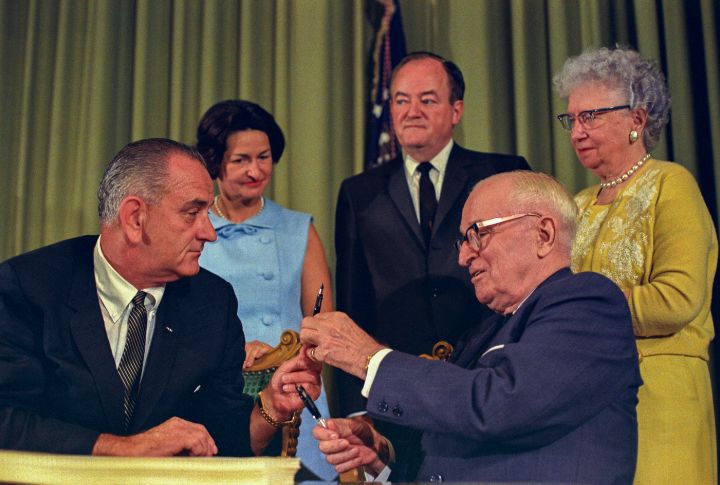
You weren’t the only headline the year you were born. World-shaping events rolled out, and life expectancy had its own mood. Turns out, your debut year packed drama you didn’t expect. Curious yet? It’s a time capsule of major moments and a snapshot of how long people expected to stick around. Here’s what your birth year was really cooking up.
1900
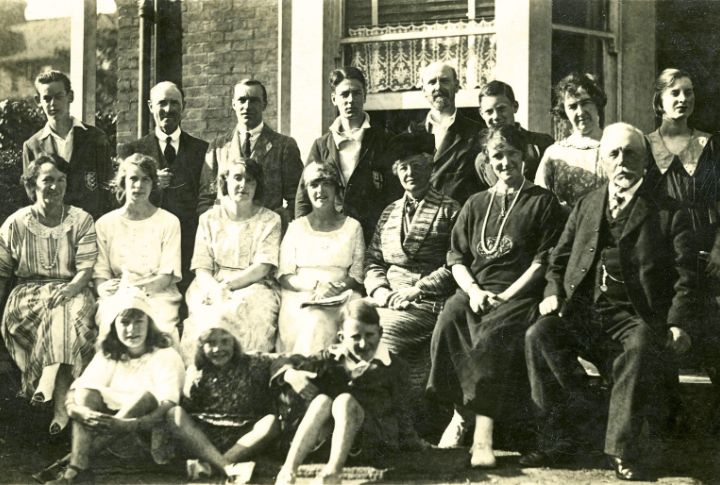
If you were born in 1900, your life expectancy was around 48.19 years. The risks were high with infant mortality rates over 100 deaths per 1,000 live births. Tuberculosis was a major health threat, and most births took place at home rather than in hospitals. Meanwhile, sanitation and healthcare were still catching up.
1920
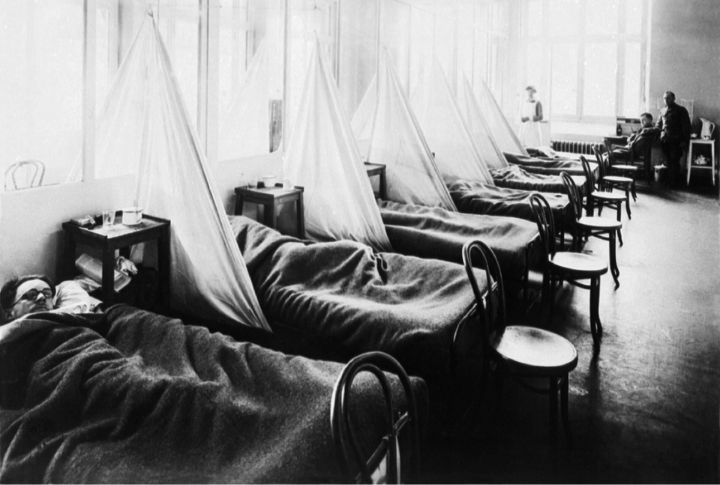
In 1920, U.S. life expectancy was just over 53 years, so reaching 60 was rare and celebrated. Although the nation was still reeling from the 1918 flu pandemic, hope was rising. Medical advances like insulin were on the horizon. At the same time, growing car use helped more rural Americans reach doctors for timely care.
1935
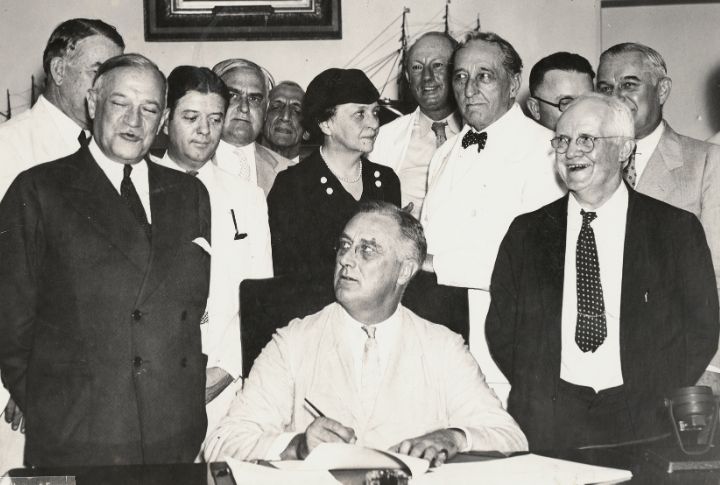
Life expectancy in 1935 was still under 62, but the country stood on the edge of lasting change. The Social Security Act offered new hope for retirement security. Meanwhile, penicillin remained in the testing phase. Alongside that, rural electrification began lighting up isolated towns, signaling a brighter and more connected future.
1946

The arrival of baby boomers coincided with a rise in life expectancy in the U.S. to 66.7 years. Civilians were beginning to benefit from wartime medical advances, and hospitals transitioned into more structured, industry-based care. While tobacco ads still featured doctors, polio outbreaks kept childhood illness at the center of public concern.
1959
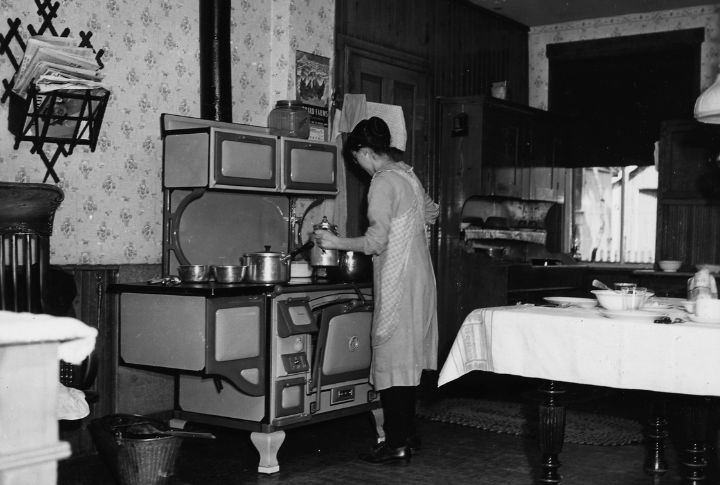
Vaccines for polio and measles were making childhood safer, even as smoking remained a daily habit for many adults. Cars were still sold without standard seat belts, and convenience foods like frozen dinners were taking over kitchens. For those born this year, the average life expectancy was nearly 70, specifically 69.9 years.
1965
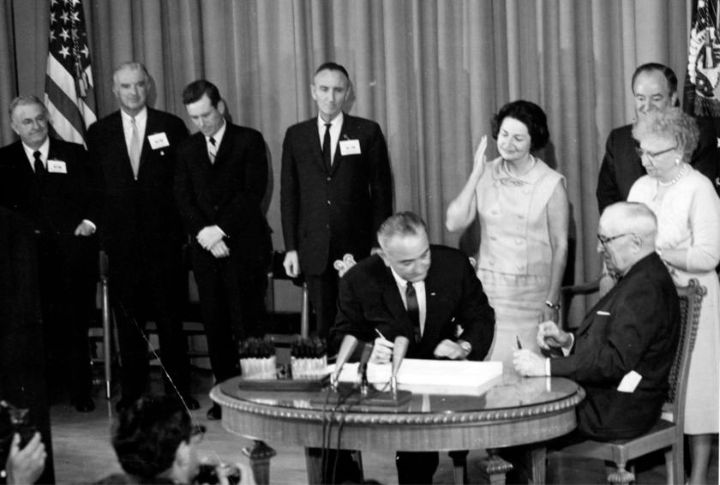
The year 1965 marked a significant leap, as life expectancy climbed to 70.2 years. Medicare arrived to support seniors, and women had a new tool for empowerment—the birth control pill. Despite heart disease being the main health threat, the world was shifting, and people were living with more freedom and hope for the future.
1977

In 1977, life expectancy reached 73.3 years as more people leaned into healthier lifestyles. The arrival of MRI technology transformed medical diagnostics, and jogging rose as a new symbol of fitness. The swine flu scare stirred public anxiety, yet it fueled broader health awareness. It was also in this era that disco beats and aerobics kept everyone moving.
1984

Life expectancy reached 74.7 years in 1984, but it wasn’t all smooth sailing. While organ transplants were becoming life-saving successes and diet sodas were everyone’s go-to for a “healthier” drink, the rise of the AIDS epidemic brought new concerns. It was a time of medical breakthroughs, but also a reminder to stay vigilant.
2000

The year 2000 marked a life expectancy of 76.9 years. With new opportunities came fresh challenges. The human genome has been almost fully sequenced, opening doors to life-saving treatments. As obesity rates grew, technology evolved. Google, just two years old, was already setting the stage for a brighter future.
2010
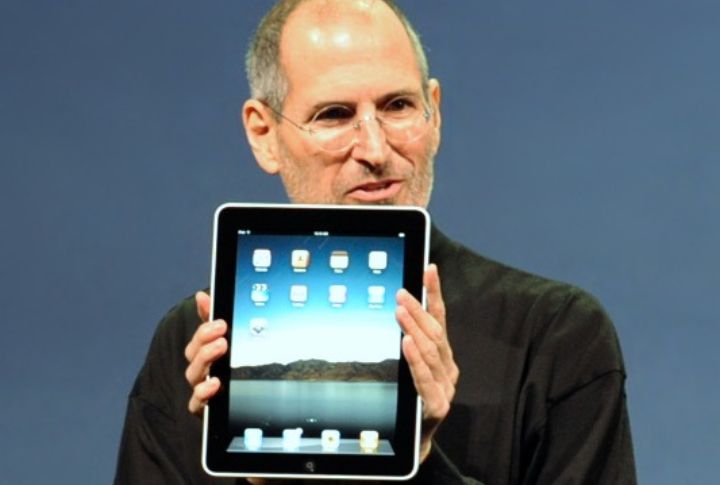
In 2010, life expectancy hit 78.7 years and reflected progress in public health, but new challenges emerged as Alzheimer’s entered the top ten causes of mortality and caused concern. In response to rising health risks, soda taxes gained attention, the iPad launched, and calorie counts appeared on menus to nudge people toward smarter food choices.

